Dave Maybee
With the last note of the final strain still ringing out at the 58th National Jazz Festival in Tauranga on Easter Sunday 2021, guitarist Dave Maybee took a good, long look at his fellow musicians. It blew his mind that he had been playing in various line-ups with some of these doys for well over 45 years.
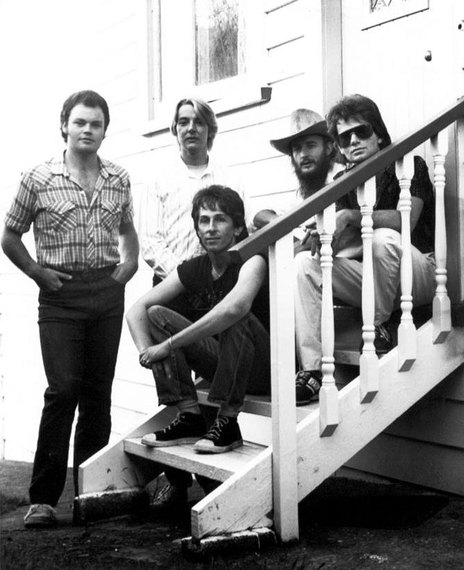
Ritchie Pickett & The Inlaws, 1984. Left to right, Jimmy Wallace, Kevin Coleman, Ritchie Pickett, Dave Maybee, Noel Lamberton.
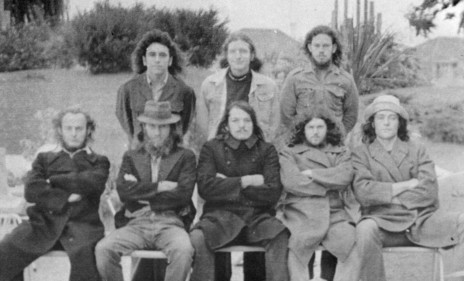
Climax, Gisborne, 1974. In the back row, from left: Steve Abbott (drums), Ed Scherer (flute, vocals & percussion), and John Dacre (piano). In front, from left: Dave Maybee (guitar & vocals), Ray Chaber (guitar & vocals), Kevin Bower (roadie), Mike Parker (bass), and Bruce Godfrey (vocals).
Photo credit:
Dave Maybee Collection
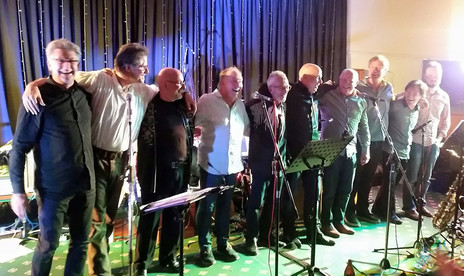
The big Mudsharks reunion lineup at Raglan Club. From left: Liam Ryan, Peter Skandera, Dave Maybee, Midge Marsden, Sid Limbert, Bill Forrest, Grant Mason, Gary Verberne, Freddie "Fred'Mo" Limbert, Greg Taylor.
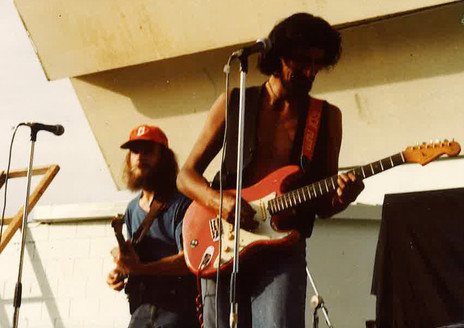
Dave Maybee onstage with Sonny Day at the Mt Maunganui Soundshell.
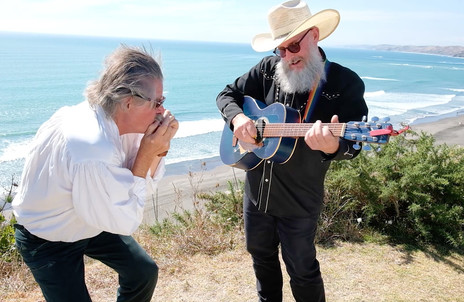
Peter Skandera and Dave Maybee, Oceanbeach, Raglan, 2021.
Photo credit:
Soenke Dwenger
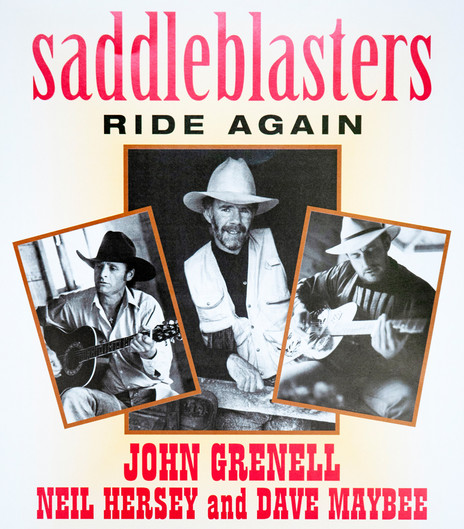
The Saddleblasters: John Grenell, Neil Hersey, Dave Maybee.
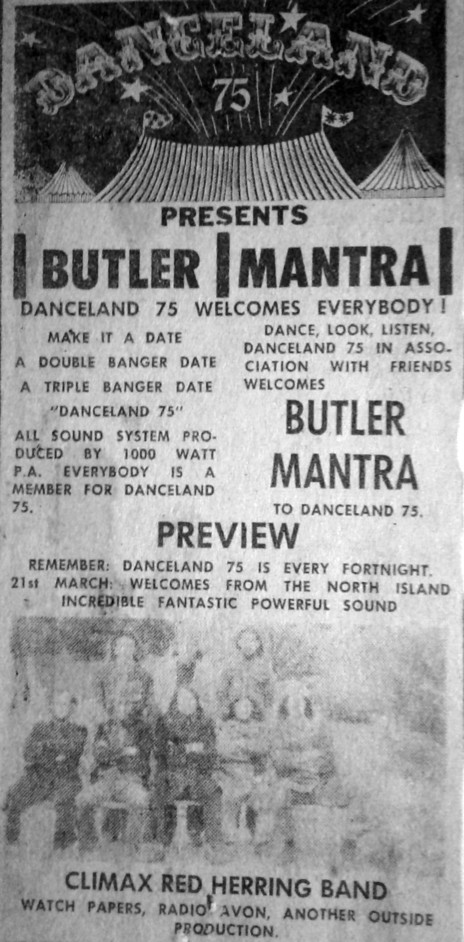
Among the acts appearing at Danceland 75 in Christchurch are Butler and Mantra. Visiting from "the North Island" for a preview performance is the Climax Red Herring Band, featuring Dave Maybee.
Photo credit:
Dave Maybee Collection
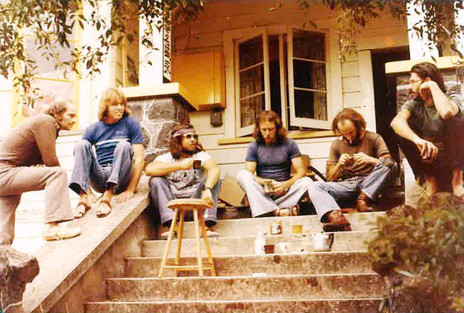
Dave Maybee and friends on the front steps of their bungalow in Woodford Road, Mt Eden, Auckland, c 1978/79. Dave describes the personnel, from left: "Les Neil, one the earliest guitarists (along with Red McKelvie) who could play country style guitar playing associated with the Elvis/Memphis sound of Scotty Moore/James Burton. Next to Les is Mike Parsonage, the original guitarist from the Rumour. Centre left is country-blues legend Rick Steele (from Auckland’s Rick Steele & the Hot Biscuit Band). Centre right is Billy Brothers, a pedal steel/bass player from Auckland, then myself. On the far right is Lou Rawnsley, original guitarist from The Underdogs. Billy, Louis and myself were all together in Auckland's first reggae and swing band Bamboo, the band had their practice room downstairs in the house ... in an additional flat adjoining the house lived Billy TK (Snr), arguably one of NZ’s seminal guitarists!"
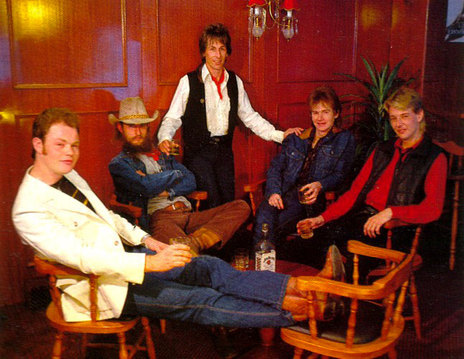
Ritchie Pickett & The Inlaws, 1984. Left to right, Jimmy Wallace, Dave Maybee, Ritchie Pickett, Noel Lamberton, Kevin Coleman.
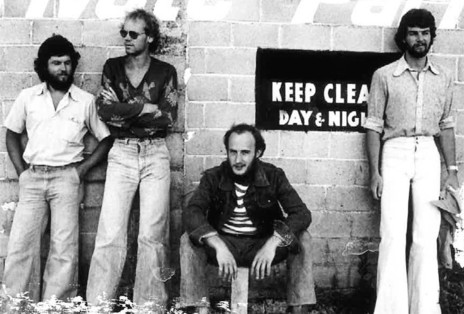
Dave Maybee with Smokestack. Left to right: Mike Parker (bass), Paul Kunac (drums), Dave Maybee (guitar), Dave Gandar (keyboards).
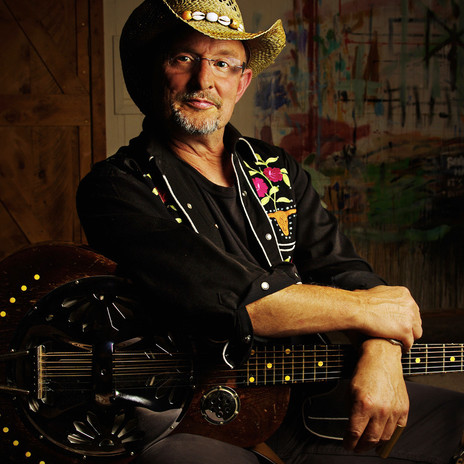
Dave Maybee, Raglan, 2016.
Photo credit:
Tracie Heasman
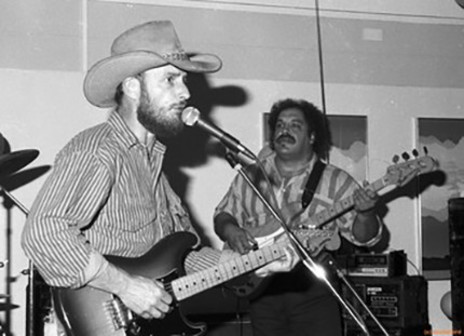
Dave Maybee and Toni Crichton, Hamilton, 1980s.
Photo credit:
Karen Ford
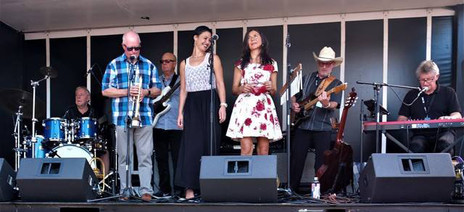
Dave Maybee performing with Torch Songs at the Tauranga Jazz Festival. From left: Neil Reynolds, Grant Mason, Wayne Melville, Natalia Lunson, Carol Story, Dave Maybee and Liam Ryan.
Photo credit:
Dave Maybee Collection
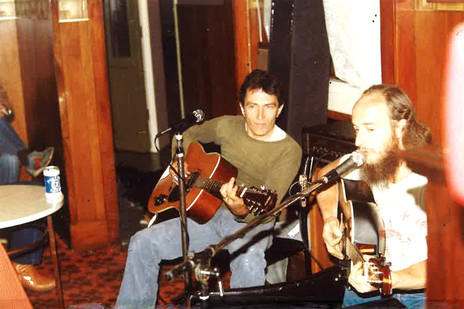
Sid Limbert and Dave Maybee, Harbour View Hotel, Raglan.
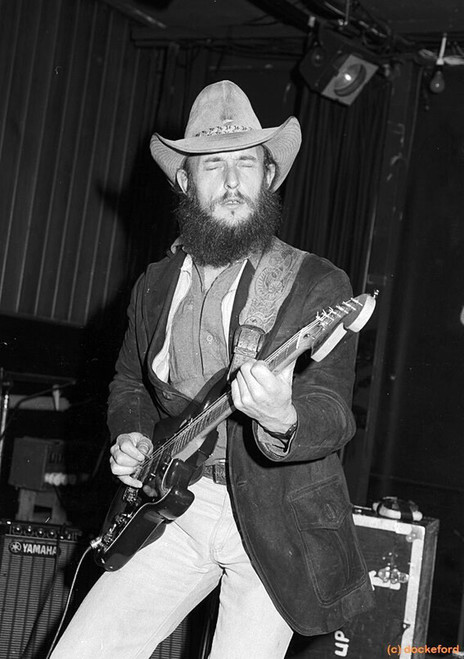
Dave Maybee, stalwart of the Waikato scene in the 70s and 80s.
Photo credit:
Karen Ford
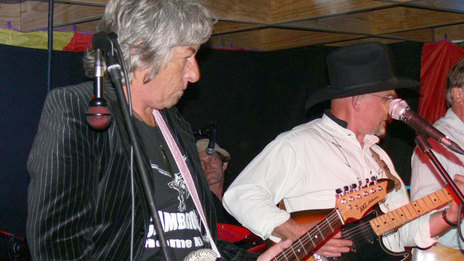
Ritchie Pickett (left) and Dave Maybee at the Mudsharks reunion, Raglan, 2009
Photo credit:
Sue Oliver collection
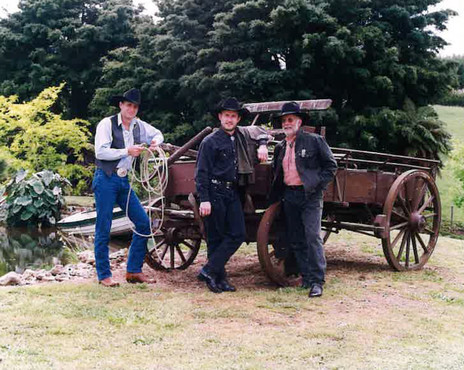
The heart of The Saddleblasters, from left: Northland cowboy singer-songwriter Neil Hersey, Dave Maybee, and John Grenell.
Photo credit:
Dave Maybee Collection
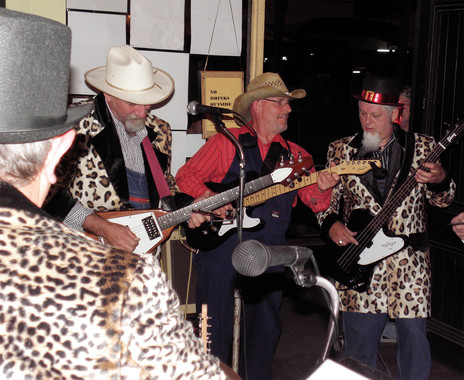
At the Drunken Poet, Melbourne 2014: Ray Chaber (guitar), Dave Maybee (guitar), Mike Parker (bass).
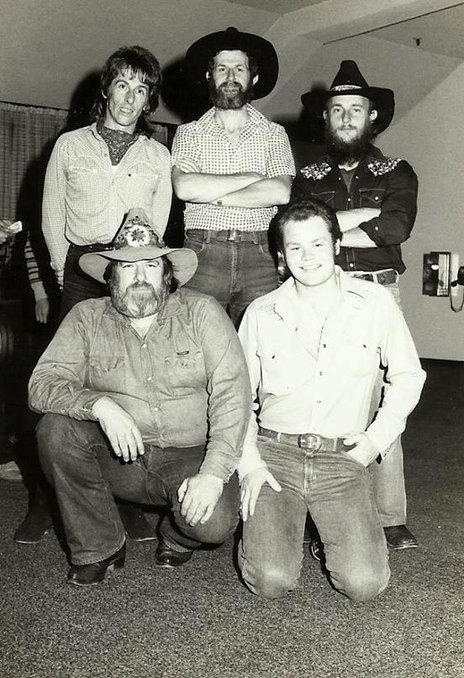
Double Anything, early 1980s. Clockwise from top left, Ritchie Pickett, Bruce Morley, Dave Maybee, Jimmy Wallace, Errol Shute.
Photo credit:
Charmaine Pickett collection
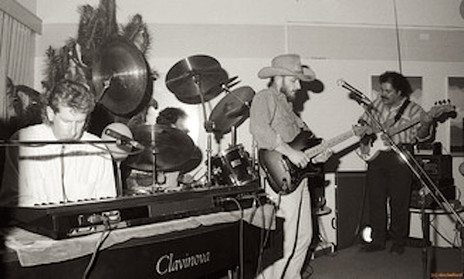
Liam Ryan, Dave Maybee, and Tony Crichton, Hamilton, 1980s.
Photo credit:
Karen Ford
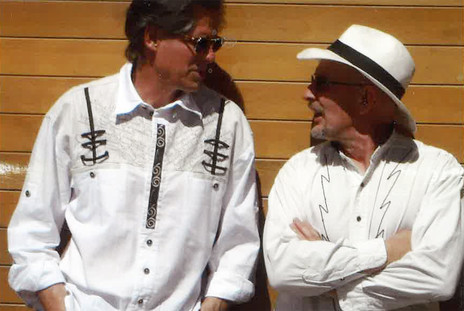
Dave Maybee (right) with Peter Skandera.
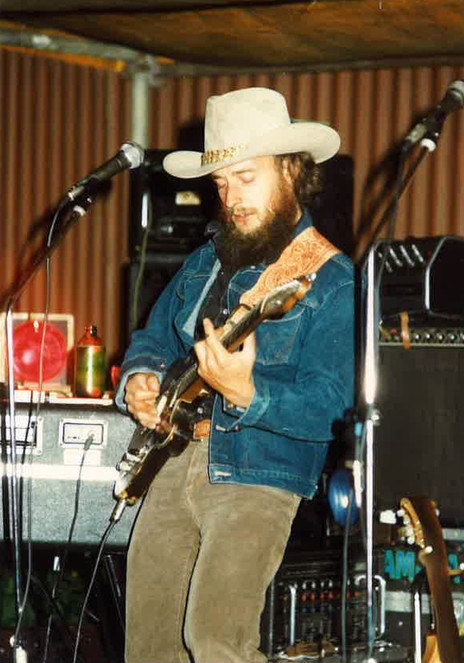
Dave Maybee playing in the garden bar of the Harbour View Hotel, Raglan. "Beside me is Ritchie Pickett’s Yamaha electric grand piano … a heavy bastard of an instrument."
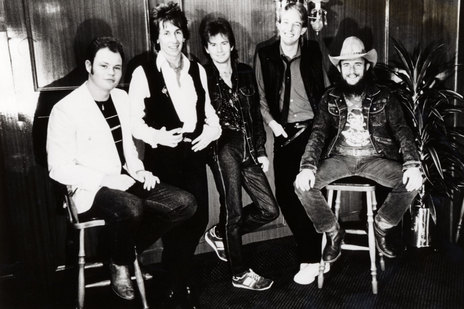
An RCA Records publicity shot for Ritchie Pickett & The Inlaws, 1984. Left to right, Jimmy Wallace, Ritchie Pickett, Noel Lamberton, Kevin Coleman, Dave Maybee.
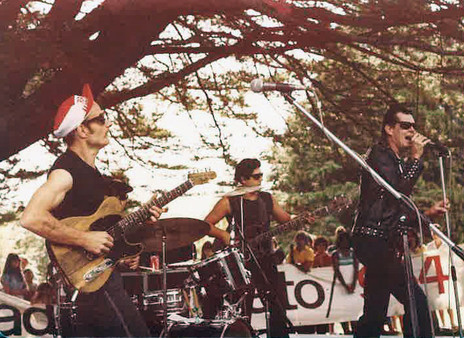
Dave Maybee (left) backing Tom Sharplin at Hamilton Lake with Paul Kunac on drums and Mike Parker on bass.
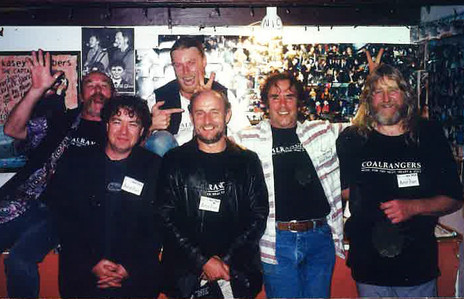
Dave Maybee and the Coalrangers, on Norfolk Island. From left: Des Hetherington, Allan Cattermole, Dean Hetherington, Dave Maybee, John Sanchez-Lloyd, and Geoff Farmar.
Photo credit:
Dave Maybee Collection
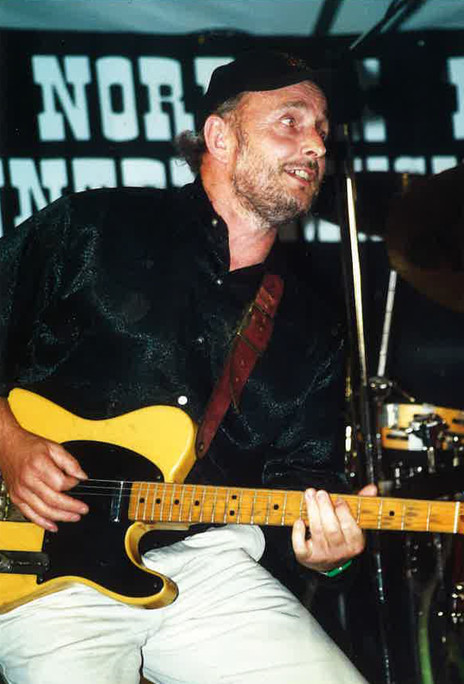
Dave Maybee on stage at the Norfolk Island country music festival.
Peter Skandera and Dave Maybee - Acoustic Spirit sampler
Raglan By the Sea (1987) featuring Midge Marsden, Dave Maybee, Dave McArtney, Sid Limbert and more ...
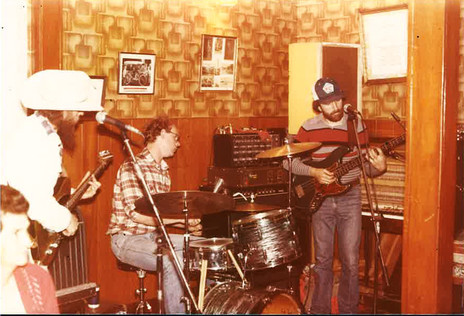
Dave Maybee in the front bar ("Clarry’s Bar") of the Harbour View Hotel, Raglan. L to R: Dave Maybee (guitar), Paul Kunac (drums), Sid Limbert (bass).
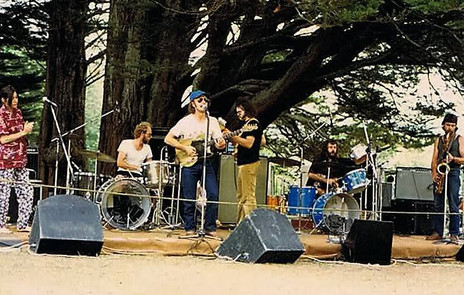
Dave Maybee Band at Hamilton Lake. From left: Colleen Ralph, Paul Kunac, Dave Maybee, John Dacre, Neil Reynolds, Andrew Kimber.
Photo credit:
Dave Maybee Collection
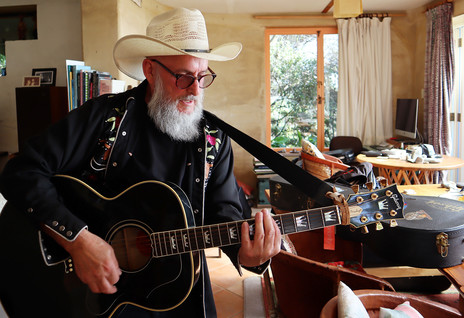
Dave Maybee playing his black "Elvis Presley" Gibson guitar while wearing his white Stetson.
Photo credit:
Soenke Dwenger
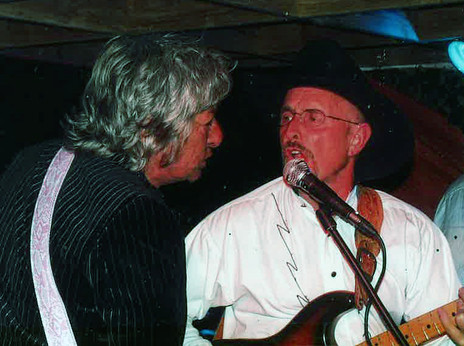
Ritchie Pickett and Dave Maybee.
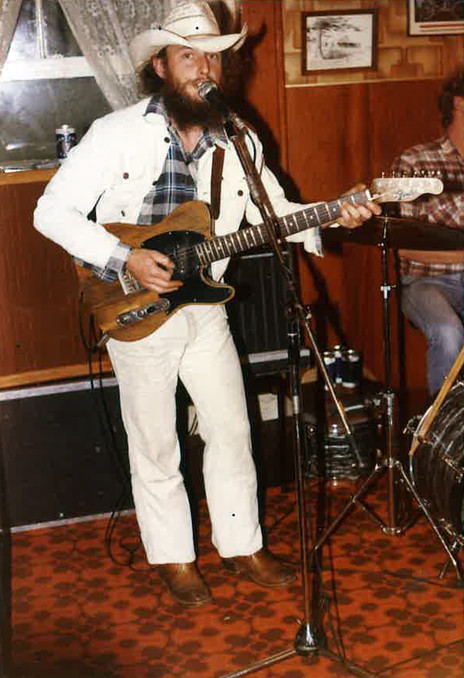
Dave Maybee in the front bar ("Clarry’s Bar") of the Harbour View Hotel, Raglan, with Paul Kunac on drums.
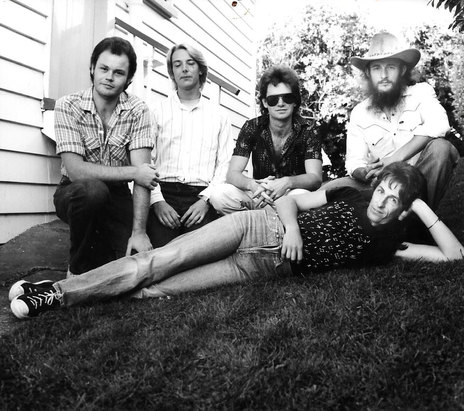
Ritchie Pickett & The Inlaws, 1984. From left: Jimmy Wallace, Kevin Coleman, Noel Lamberton, and Dave Maybee. Ritchie Pickett is in front.
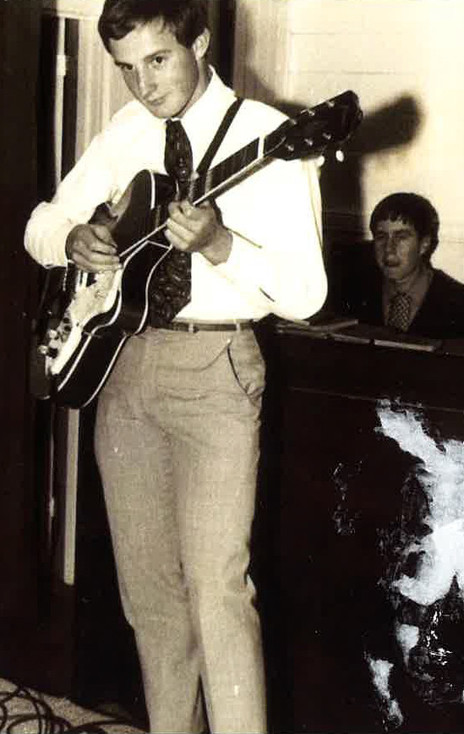
Dave Maybee with his trio, Tauranga, 1968. On piano is Gavin Cochran, missing is Wayne Holden, drums.
Photo credit:
Dave Maybee Collection
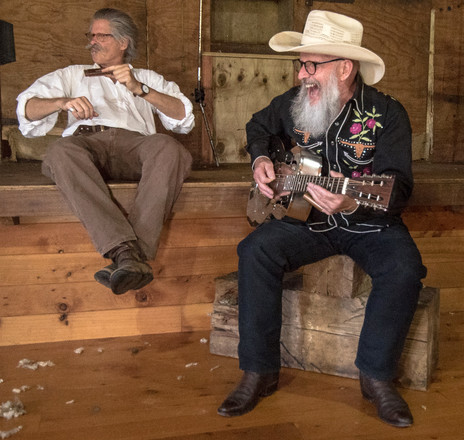
Peter Skandera and Dave Maybee, Woolshed, Raglan, 2021.
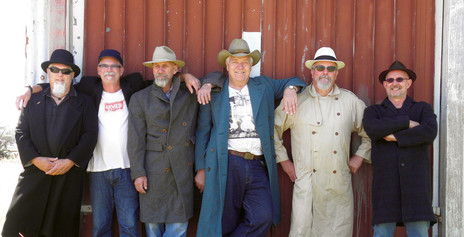
Climax reunites, 2014. From left: Mike Parker, John Dacre, Ray Chaber, Bruce Godfrey, Kevin Bower, and Dave Maybee.
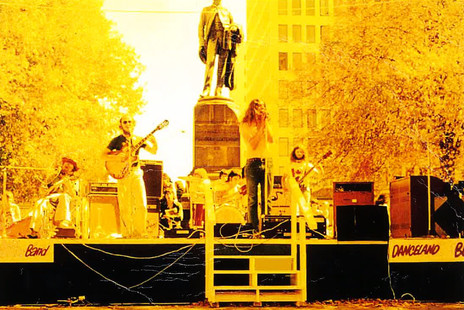
Climax-Red Herring, Christchurch, 1975. From left: Maurice Priestly, guitar; Dave Maybee, guitar; Steve Abbott, drums; Bruce Godfrey, vocals; Mike Parker, bass: Paul Middleton, Hammond organ.
Photo credit:
Dave Maybee Collection
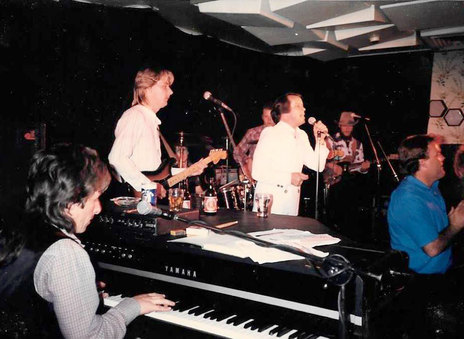
Ray Columbus on tour with Ritchie Pickett & The Inlaws, late 1984. Left to right, Ritchie Pickett, Kevin Coleman, Noel Lamberton, Jimmy Wallace, Ray Columbus, Dave Maybee.
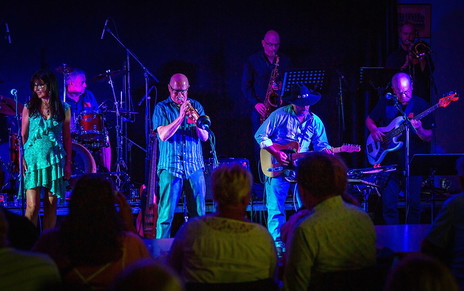
Dave Maybee performing with Torch Songs, February 2020. Among the musicians were Liam Ryan, Carol Story, Neil Reynolds, Grant Mason, Bill Forrest, Dave Maybee, Wayne Melville, and Greg Taylor.
Photo credit:
Dave Maybee Collection
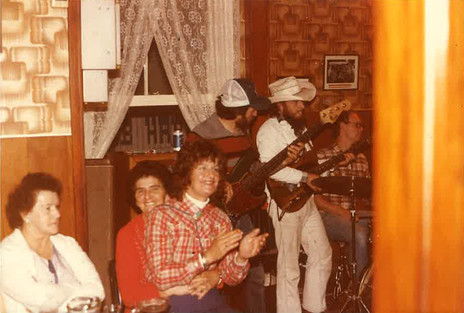
One of the first legendary Mudshark lineups, in the front bar ("Clarry’s Bar") of the Harbour View Hotel, Raglan. From left: Sid Limbert (bass), Dave Maybee (guitar), Paul Kunac (drums).
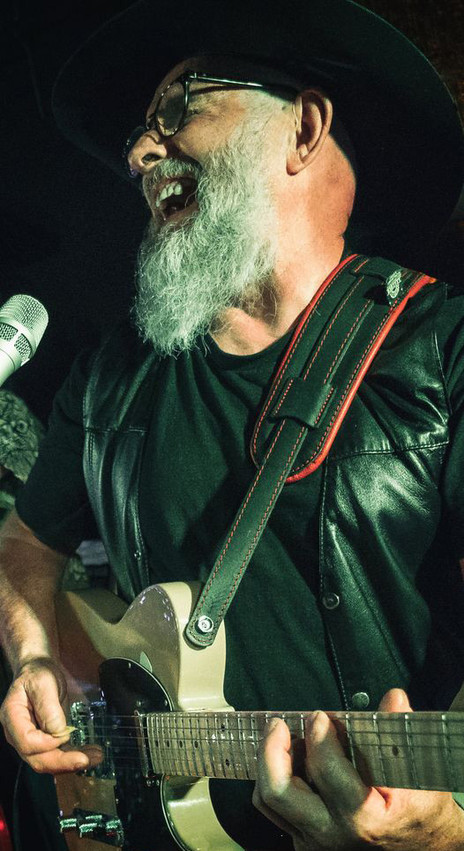
Dave Maybee.
Photo credit:
Soenke Dwenger
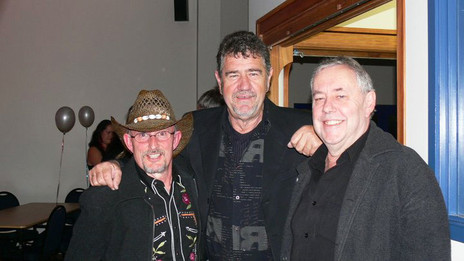
Guitarist Dave Maybee, Brendan Dugan and drummer Neil Reynolds in 2010
Discography
Labels:
RCA
P&D Productions
